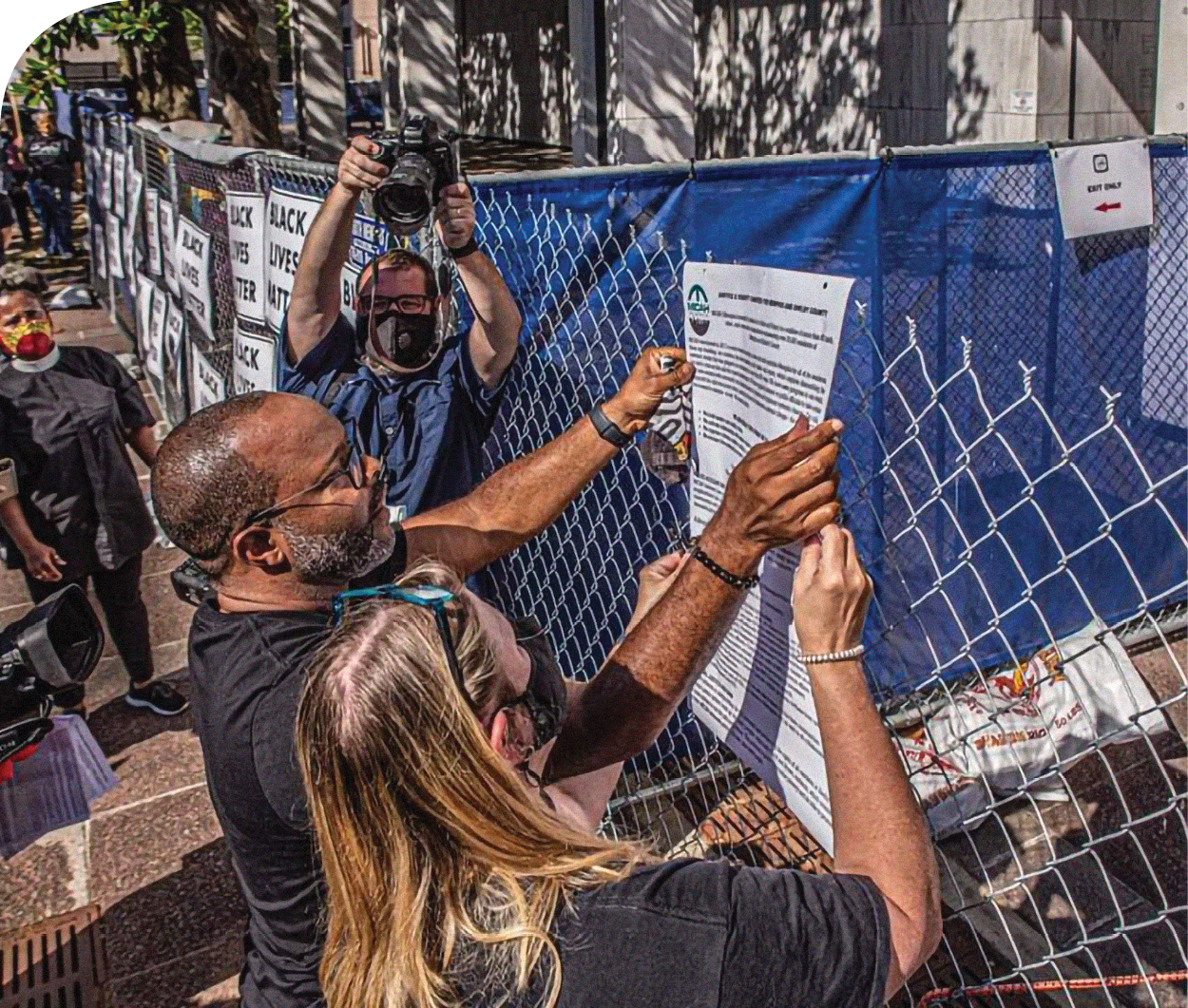The Community Foundation of Greater Memphis is celebrating Black Philanthropy Month by joining a nationwide campaign dedicated to supporting Black-led nonprofits in the city.
Give 8/28 Day encourages people to donate money to Black organizations in hopes of addressing the funding disparities they face.
“Data shows significant disparities in financial support for Black-led nonprofits compared to their white-led counterparts,” the foundation said in a statement. “Funding equity begins with awareness and trust in the incredible Black-led, Black-serving organizations that are often uniquely positioned to listen and respond to those they serve.”
The Young, Black & Giving Back Institute said Black-led nonprofits have 24 percent smaller revenues compared to white-led organizations. They also have trouble attracting donors, achieving financial stability, and more.
August 28th also holds historical significance as multiple events in the Black diaspora occurred, such as the murder of Emmett Till, Martin Luther King Jr.’s “I Have A Dream” speech, Barack Obama’s acceptance of the Democratic nomination for president of the United States, and more.
Aerial Ozuzu, director of community impact for the Community Foundation said Memphis has a rich history in philanthropy that she feels isn’t always recognized, and she hopes that by participating in the campaign, they can help amplify these organizations.
“When you think of the contributions of Black people I think we kind of limit how we uplift and talk about them,” Ozuzu said. “I think it also goes with how we see the word philanthropy and see the definition of philanthropy.”
Ozuzu said she thinks when people talk about philanthropy, an image of an “older white man with a lot of wealth” comes to mind. In reality, philanthropy is rooted in how people give. She added that Black people have given through their gifts for years whether it’s through church, mutual aid, sororities and fraternities or other entities.
“These people don’t have a lot of resources, but they continue to show up every day, put boots on the ground, and do impactful work to transform the community,” Ozuzu said. “That’s philanthropy to me as well.”
Joining in Give 8/28 Day, Ozuzu said, serves as a way to notice the contributions of these nonprofits and support them fully. The Community Foundation will also be giving 10 $1,000 grants out as well.
Ozuzu added they will continue this work by amplifying the work of these organizations, and encourage the community to continuously give and support their work in hopes of increasing funding and dismantling systemic inequities.
“It’s my hope that this goes beyond August 28,” Ozuzu said. “This is work that should be done every single day. That’s going to be the challenge for us here at the Community Foundation – to make sure we’re continuing this message outside of August.”

 PHOTO BY MELVIN SMITH
PHOTO BY MELVIN SMITH 